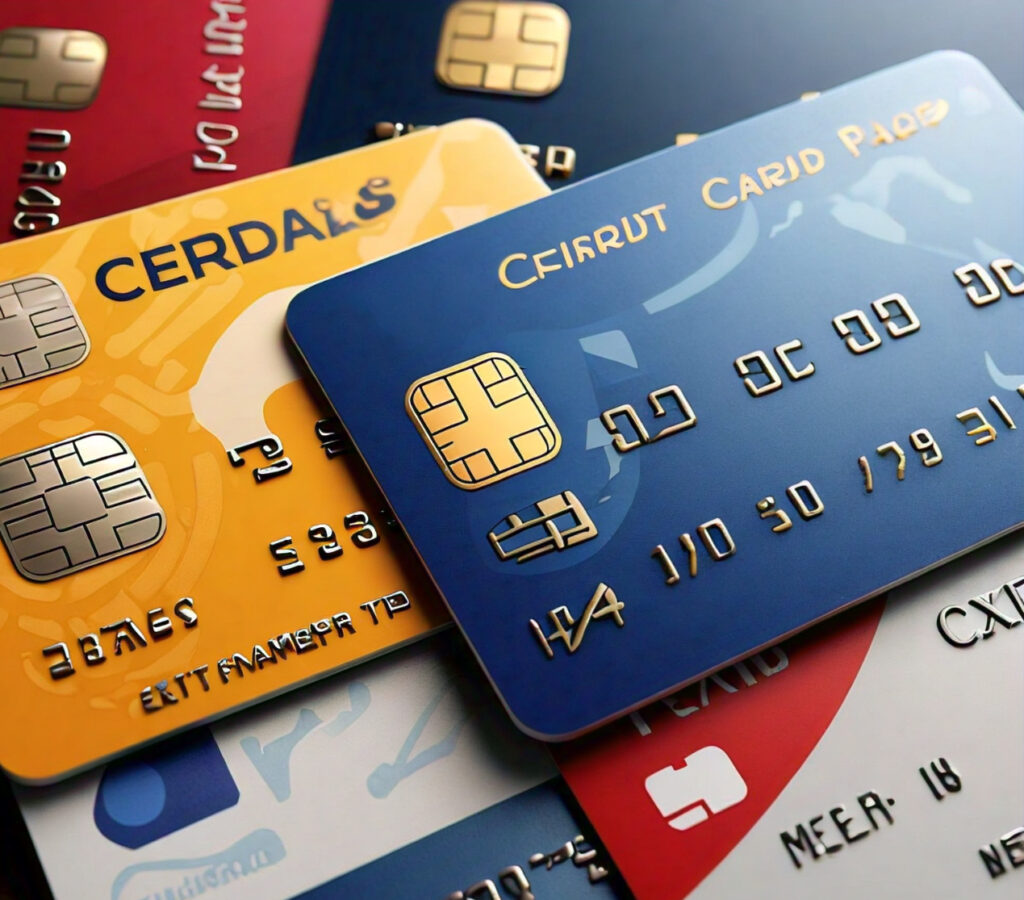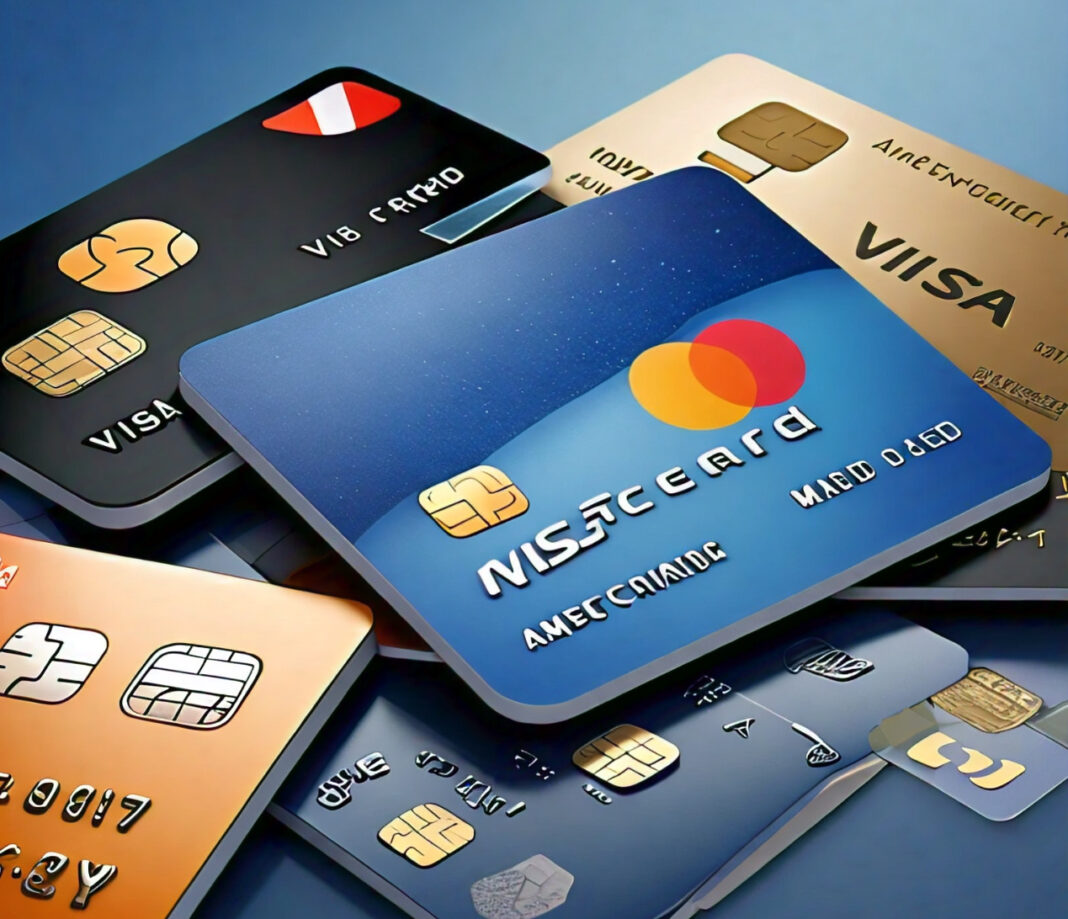Store credit cards can be the most tempting thing: discounts, special offers, and rewards sound really great when a cashier is nagging you for an answer. Whether you’ve been tempted by a cashier’s pitch or lured by the prospect of saving on a big purchase, you may find yourself holding one or more store credit cards. While these cards have their merits, they also come with pitfalls that call for careful management. This comprehensive guide will walk you through how to effectively manage store credit cards and maximize their benefit while avoiding common pitfalls.

Understanding Store Credit Cards
Before considering ways to manage store credit cards, it is essential to understand what they are and how they differ from regular credit cards.
What are Store Credit Cards?
Retail credit cards, or store credit cards, are a kind of credit card associated with certain retailers. In big categories, they come in two major types:
- Closed-loop cards: These can only be used at that particular retailer or family of stores where that particular card was issued.
- Open-loop cards: These contain a major credit card network logo, such as Visa or Mastercard, and can be used anywhere that accepts that network.
Store Credit Card: Key Features
Store credit cards generally possess some distinguishing features that vary from those on offer for regular credit cards:
Higher interest rates mean that store credit cards charge a higher APR than regular credit cards.
Lower credit limits: The credit limit on store cards is generally lower than on general-purpose credit cards.
Rewards specific to retailers-many offer points, cashback, or discounts specifically for the associated store.
- Special financing offers: Some offer introductory 0% APR periods on store purchases.
- Easier approval: They tend to have less stringent credit requirements, making them more accessible to those with a thin credit file.
All these features will be understood well once you know how to manage your store credit cards effectively.
Pros and Cons of Store Credit Cards
If you want to manage store credit cards effectively, the first step is to understand their pros and cons.
Pros of Store Credit Cards
Some common benefits associated with store cards include discounts on the first purchase, ongoing discounts and rewards, special financing offers, and a way to build credit for those with limited credit history. More specifically:
- Discount on First Purchase: Many store cards give big discounts on your first purchase, as high as 20% off or even higher.
- Ongoing Discounts and Rewards: Most cardholders get special discounts and earn rewards when they make purchases.
- Special Financing Offers: Some provide 0% APR periods for large purchases.
- Build Credit: Store cards can be a means of building credit for those with limited credit history.
- Exclusive Access: There may be early access to sales or special events afforded to cardholders.
Cons of Store Credit Cards
- High Interest Rates: Store cards tend to have higher APRs than regular credit cards.
- Low Credit Limits can make using a high percentage of your available credit easy, potentially impacting your credit score.
- Limited Use: Closed-loop cards can only be used at specific stores.
- Overspending: A store card may tempt one to make unnecessary purchases.
- Confusing Terms: Some have reward structures or deferred interest plans that can be really confusing.
Knowing these pros and cons will help you use your store credit cards better.
Strategies for Managing Store Credit Cards
Now that we know what store credit cards are and the possible pros and cons, let’s dive into how you can best manage your store credit cards.
1. Be Picky About Which Store Credit Cards You Open
I know opening a store credit card whenever you’re offered a discount is very tempting, but be picky.
How to Decide Whether to Open a Store Card:
- Store visit frequency: Consider only those cards for shops you visit very frequently.
- Purchase size: A good discount on a large purchase may be a reason to apply for the card.
- Current Credit Situation: Don’t open too many credit cards in a short period of time, as this will lower your credit score.
- Existing Debt: If you generally keep balances on your other cards, avoid taking new cards.
- Know the Terms and Conditions
Knowing the terms and conditions is probably the most important thing when handling store credit cards.
Key Things to Zero in On:
- Interest Rate: The APR and how that compares to other cards.
- Grace Period: How much time before the balance has to be paid without incurring interest.
- Fees: Annual fees, late payment fees, and other possible fees.
- Rewards Program: Know how you accrue and spend your rewards.
- Special Financing Offers: Pay close attention to the terms of any 0% APR or deferred interest offers.
3. Use the Card Strategically
Use your store credit cards tactically to get maximum benefits and reduce costs.
How to Use Strategically:
- Time Large Purchases: Time major purchases when special discounts are in place or during times of special 0% APR offers.
- Stack Discounts: Combine discounts from your card with sales and coupons for super-savings.
- Avoid Small, Impulse Purchases: Just because you have a card, resist the temptation to use it on sundry purchases.
- Pay in Full: Pay the balance in full whenever possible to prevent high-interest charges.
4. Keep Tabs on Your Spending
Probably the most important thing about store credit cards is monitoring spending to avoid overspending and debt.
Spending Monitoring Strategies:
Set a Budget: Determine ahead of time how much will be spent in each store and not go over that amount.
Use Apps: So many credit card apps enable the setting of spending alerts.
Regular Check-ins: Review your statements regularly to see where the money is going.
Do Not Use Cards for Everyday Purchases: Store cards should not be used for everyday purchases but for bigger, well-planned ones when out doing routine shopping.
5. Pay Your Balance in Full and On Time
One golden rule of managing any credit card, including store cards, is paying your balance in full and on time every month.
Tips for Making Timely Payments:
- Set Up Automatic Payments: This will ensure you never miss a due date.
- Pay More Than the Minimum: If you can’t pay all of it, pay as much as possible over the minimum.
- Know How Payments Are Applied: If you have promotional balances, know how your payments are applied.
- Pay Early if You’re a Forgetter: If you tend to forget, pay your bill when you make a purchase.
6. Track Your Numerous Cards
Having more than one store credit card can sometimes be very cumbersome, but a tracking process is necessary for effective management.
Additional Strategies in Managing Multiple Cards:
- Use a Spreadsheet: Keep all your cards, due dates, and balances in one place.
- Set Calendar Reminders: Remember the payment due date on your phone or computer calendar.
- Consider a Password Manager: Safely store the login information for each card’s online account.
- Regularly Review All Cards: Make it a point to revisit whether you need or use each card regularly.
7. Maximize Rewards and Discounts
This means that maximizing the rewards and discounts provided by your store credit cards is important to truly benefit from them.
How to Max Out Your Rewards:
- Know the Rewards Structure: Understand when and how you receive points or cash back.
- Time Your Purchases: Bonus period for points or some one-day special event where only cardholders can shop.
- Don’t Let Rewards Expire: Pay attention to when they expire and use them before then.
- Compare Rewards to Other Cards: Always use the card offering the best return on each purchase.
8. Be Cautious with Special Financing Offers
Most store cards offer special financing deals, such as 0% APR for some period. While these can be very useful, they must also be carefully managed.
How to manage special financing:
- Understand Deferred Interest: The majority of offers are based on deferred interest, which can be costly if not handled correctly.
- Plan a Repayment Plan: If you have used the 0% APR promotion, plan to pay it back before the end of the promotional period.
- Set Reminders: Always make sure you note the dates of promotional periods so that you are not surprised by interest charges.
- Don’t Charge New Purchases: If possible, do not charge new purchases on the same credit card as your promotional balance.
9. Regularly Review Your Credit Report
Your store credit cards, like all other credit you take, require a review of your credit report for approval. Hence, periodic examination of your credit report is recommended.
Tips on Credit Report Reviews:
- Annually: Avail of a free annual credit report from each of the three major bureaus.
- Search for Errors: Make sure all account information is valid.
- Watch Your Utilization: Pay extra attention to your credit utilization ratio across all your cards.
- Monitor for Fraudulent Activity: Report immediately if any suspicious accounts or charges.
10. Know When to Close a Store Credit Card
Sometimes, the best way to manage is to know when to close a store credit card.
Reasons to Close a Card:
- Rare Use: If you rarely shop at that store anymore, this could be a good time to close the card.
High Annual Fee: Close the account if the fee outweighs the benefits.
Too Much Temptation: It may be best to close the card if it leads to overspending.
Impact on Credit Score: Remember that closing a card can temporarily negatively impact credit scores.
Common Pitfalls to Avoid
Even with effective management practices, some common pitfalls store credit card holders should avoid:
- Overspending for Discounts
Don’t buy anything because it’s on sale or will earn rewards. The money you save on items you don’t need isn’t savings at all.
- Ignoring the Fine Print
Not reading and understanding the conditions and terms may result in unexpected fees and charges.
- Carrying a Balance
And because store credit cards tend to have higher interest rates, carrying a balance on the card can quickly balloon into significant debt.
4. Applying for Too Many Cards
Too many store credit cards become unwieldy to keep track of, and it can also affect your credit score in a not-so-good way.
5. Not Using Cards
If you aren’t using them, inactive cards risk being closed by the issuer; this could affect your credit utilization ratio and, thus, your credit score.
6. Giving in to Strong Arm Sales Tactics
Don’t let aggressive salespeople or sexy sign-up bonuses convince you to apply for a card you don’t need or can’t use responsibly.
Conclusion
A combination of knowledge, planning, and restraint is needed to handle store credit cards efficiently. If used judiciously, such cards can provide good discounts and rewards. Still, there are associated risks that must be dealt with cautiously.
In fact, the secret to good management lies in being selective when opening cards, understanding the terms and conditions correctly, making strategic use of the cards, and always paying your full balance on time. Other important things include keeping an eye on your spending, maximizing rewards without overspending, and being cautious with special financing offers.
Remember that store credit cards are just financial tools. And, just like any tool, its value depends on who wields it. Using the strategies you have learned in this book will unlock the benefits of store credit cards but avoid their downside. You will be well on your way to successfully mastering store credit card management and, by extension, greatly improving your overall financial health.
After all, the ultimate objective is to make them work for you, not the other way around. Store credit cards may well become a part of your fiscal toolbox, saving you money while even improving your credit if you handle the cards with care and spend responsibly.






